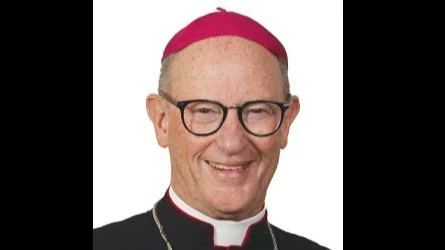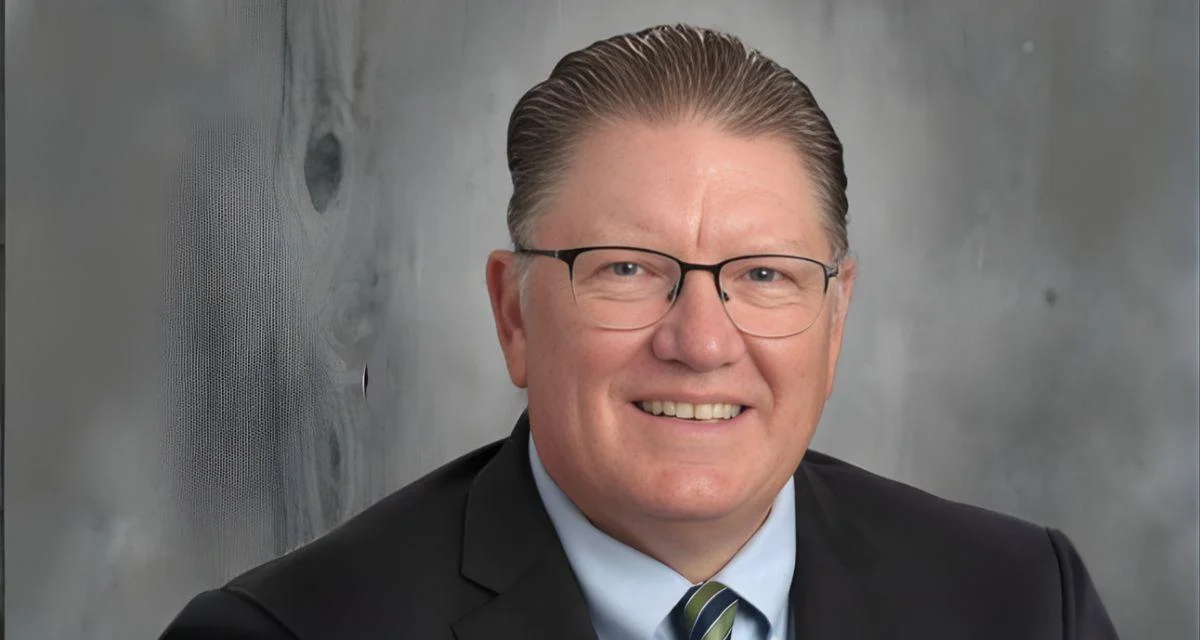
Rev. James D. Conley, D.D., S.T.L. | Diocese of Lincoln website
People in the Diocese of Lincoln had the chance to witness the aurora borealis, also known as the northern lights, on November 11 and 12. This phenomenon is rare in Nebraska but was predicted by meteorologists due to increased solar activity.
The display featured red, green, and purple colors across the night sky after sunset. Many residents traveled away from city lights to get a better view and capture photographs of the event.
A parish council meeting at St. Joseph Parish in Friend ended early when members learned about the visible aurora. The group drove into the countryside for a closer look. Dr. Rick Kubicek said, "It was something on my bucket list. It was excellent! I know people who have gone to Iceland for this very thing and struck out."
Space.com explains that auroras occur when charged particles from the sun collide with gases in Earth's upper atmosphere. These displays are usually most visible near magnetic poles but have been seen farther south recently due to increased solar activity. Occasionally, they can be observed as far south as Alabama and Georgia.
The Space.com article also states, "The northern lights occur when electrically charged particles from the sun — mostly electrons and protons — slam into Earth’s upper atmosphere at speeds of up to 45 million mph (72 million kph), but our planet’s magnetic field protects us from the onslaught."
Sharon Nemec, secretary of Assumption Parish in Dwight for 48 years, described her experience: "It was a quiet, awe-filled moment when the ordinary sky became a cathedral, and you knew, deep down, that God’s work isn’t just something to believe in—it’s something you can see." She added, "For a few minutes, heaven reached down and touched the visible horizon."


 Alerts Sign-up
Alerts Sign-up